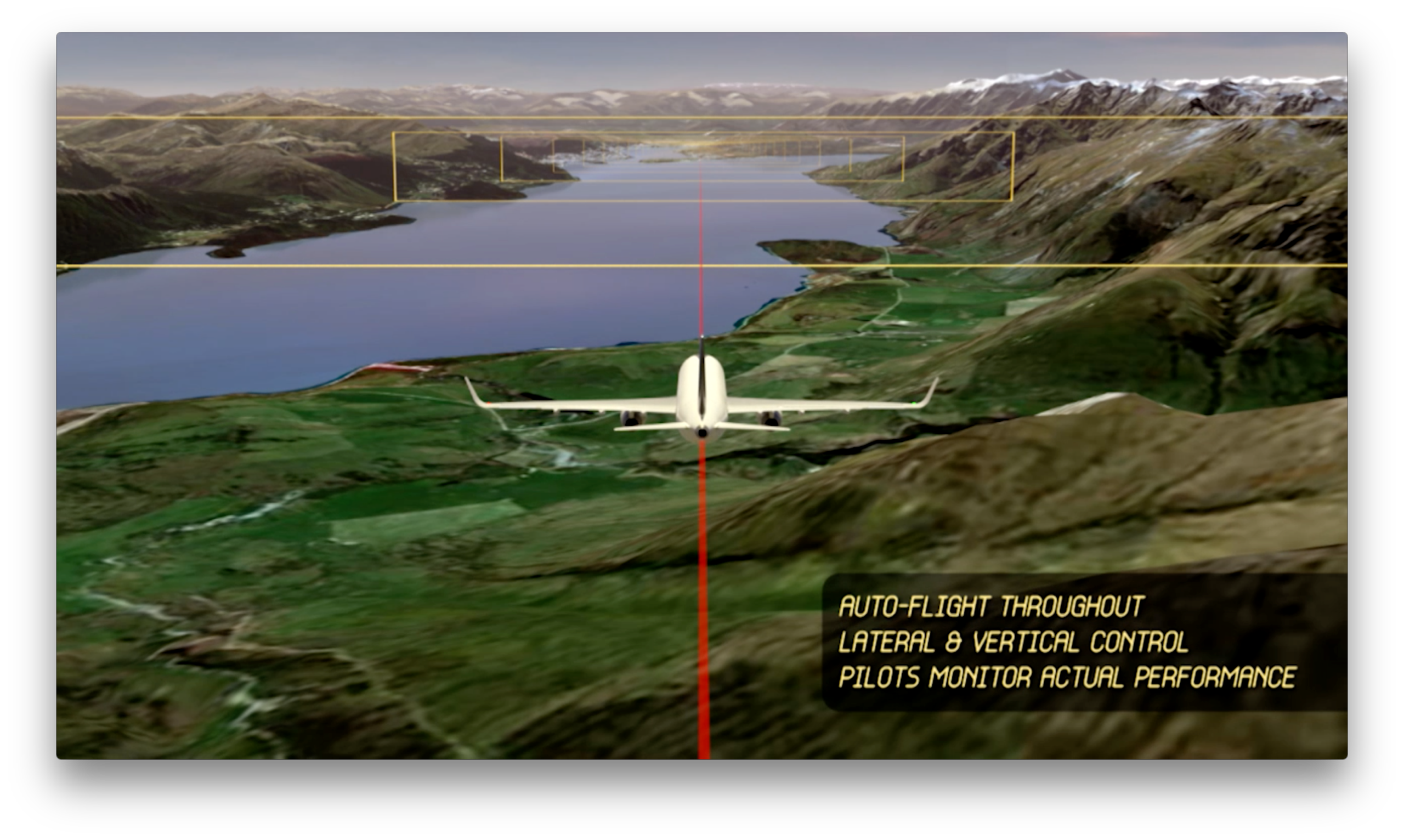
Auckland – March 31, 2016
Queenstown airport needs to widen its runway and install a full package of runway lighting for night operations, a working group has found.
The Queenstown Airport is undergoing night operations authorisation, first validation flights and actual commencement of night operations for domestic and international flights are close to starting.
Leading New Zealand based risk management company Navigatus has lead the project facilitation, solution design and stakeholder management since 2012.
Recognising the significant potential benefits, Queenstown Airport Corporation (QAC) engaged Navigatus Consulting to lead a working group to consider the viability of night-time operations. The Working Group consisted of representatives of, Qantas, Air New Zealand, Jetstar, Airways NZ and QAC.
Navigatus director Geraint Bermingham says the group has overcome a key hurdle with the regulator (Civil Aviation Authority) approving the foundation safety case so the airlines can now present their own operator safety cases for approval knowing the infrastructure and airport requirements are clear and the airport will be ready.
The Queenstown aviation environment is generally regarded as one of the most demanding for Regular Transport Passenger (RPT) operations. This is for a range of reasons including the surrounding mountainous terrain – some of which is close in – the relatively short runway and at times difficult wind patterns.
The high numbers of general aviation movements during the day as well as other aviation activity compounds the local challenges. However, jet operations have been in place since the early 1980s and a good understanding of the operational environment has developed.
The more recent introduction of the most advanced Required Navigation Performance – Authorisation Required (RNP AR) operations significantly improved operational safety and access. However, a day time only operating window has restricted the viability of year round services and hence the growth of the airport, Bermingham says.
“The limits aerodrome use and airline activity has prevented the full social and commercial benefits of good air connectivity to be realised by airlines, the local community and the locally owned airport company.
“Navigatus established process to firstly fully understand if night flights could be conducted safely and if so, how this could best be done. Extensive research was undertaken and first of kind analysis was developed to fully understand the challenges and optimum solutions. The result was the development of a night operations safety case.
“The regime set out in the safety case achieves a level of risk that has been shown to be better than the global industry norm, while enabling access by B737-800 and A320 aircraft – subject to individual airline safety case approvals.
“A key requirement from the safety case work aside from the full use of the RNP AR technology and procedures, was for greatly improved airport infrastructure, must notably the widening of the runaway and the fitting of a full package of runway lighting.
“The length of the runway is as long as can be constructed given the local landforms. Extensive earthworks during the 1990s enabled 90 metre runway end safety zones to be added. The runway lighting had also been upgraded over the years but the safety case has now resulted in the package being more comprehensive than all other New Zealand airports except Auckland International Airport, and even then some features exceed even that fitted at Auckland.
“The other key requirements were for the airlines to build upon their own Queenstown day-time expertise with further advanced training for selected crews and a package of additional support weather briefings and information for the crews,” Bermingham says.
For further information contact Navigatus director Geraint Bermingham on 021884425 or Make Lemonade media specialist Kip Brook on 0275 030188.
Photo: Queenstown airport approach



